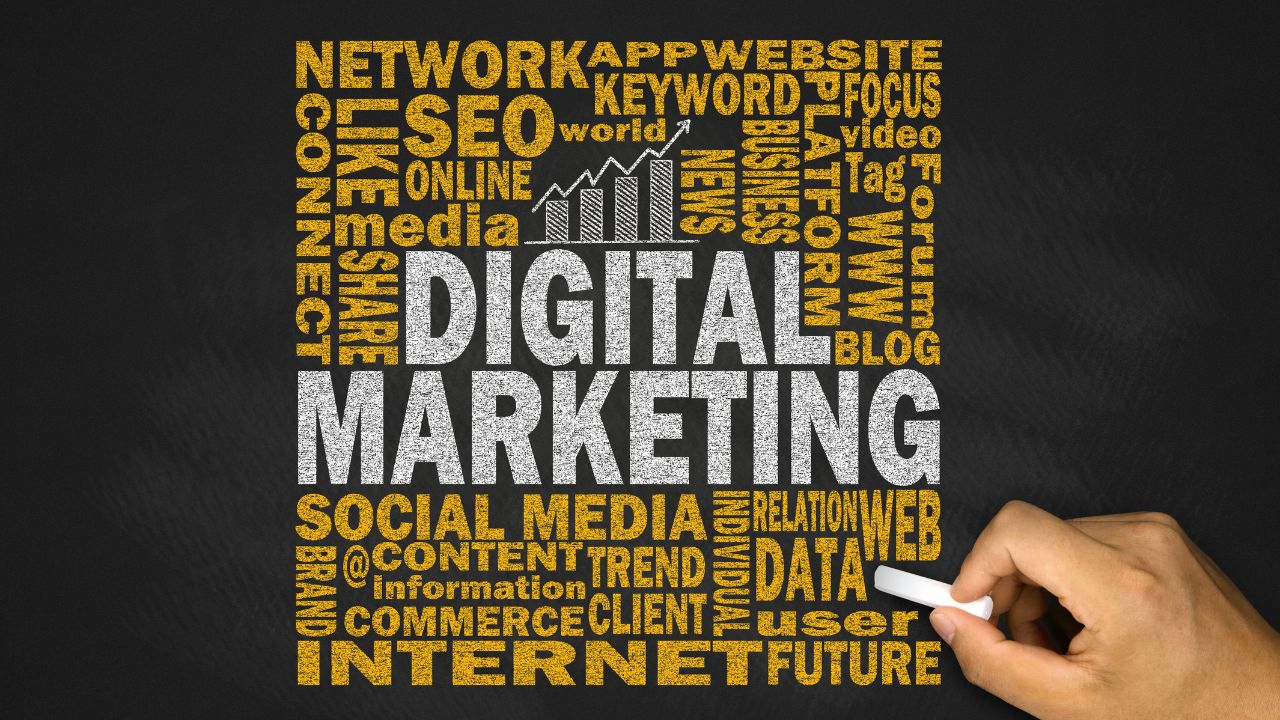Here is a list of 50 essential digital marketing terms and their definitions:
SEO – Search Engine Optimization, the practice of optimizing a website to improve its ranking in search engine results pages (SERPs).
PPC – Pay-per-click, a type of online advertising in which businesses pay a fee each time one of their ads is clicked.
CPA – Cost-per-action, a pricing model in which businesses pay for specific actions taken on their website, such as a sale or lead.
CTR – Click-through rate, the number of clicks a website receives divided by the number of impressions it receives.
CPM – Cost per thousand, a pricing model in which businesses pay for every thousand impressions on their ads.
CPC – Cost per click, a pricing model in which businesses pay for every click on their ads.
CRO – Conversion rate optimization, the process of increasing the percentage of website visitors who take a desired action.
KPI – Key performance indicator, a metric used to measure the success of a specific campaign or channel.
Landing page – a specific web page designed to be the destination for a particular link or ad.
A/B testing – a method of comparing two versions of a website or marketing campaign to see which one performs better.
Heat map – a graphical representation of where visitors click on a website or landing page.
Retargeting – the practice of displaying ads to visitors who have already interacted with a website or landing page.
Analytics – the process of collecting, analyzing and interpreting data related to a website’s traffic and performance.
Attribution modeling – the process of determining the most effective marketing channels for investment.
E-commerce – the buying and selling of products or services online.
Omnichannel – the practice of providing a consistent experience across all channels and touchpoints.
Email marketing – the practice of sending commercial messages to a group of people using email.
Affiliate marketing – a performance-based marketing strategy in which a business rewards one or more affiliates for each customer or visitor brought about by the affiliate’s own marketing efforts.
Influencer marketing – the practice of partnering with individuals who have a strong online presence in order to promote a product or service.
Content marketing – the practice of creating and distributing valuable, relevant, and consistent content to attract and engage a clearly defined audience.
Social media marketing – the practice of promoting a product or service using social media platforms.
Marketing automation – the use of software tools to automate repetitive tasks and processes in marketing.
Viral marketing – the practice of creating content that is designed to be shared.
Influencer marketing – the practice of partnering with individuals who have a strong online presence in order to promote a product or service.
Guerrilla marketing – an unconventional, low-cost marketing strategy that aims to generate maximum impact with minimal resources.
Growth hacking – practice of using non-traditional, low-cost marketing tactics to quickly grow a startup or new business.
Mobile marketing – the practice of promoting products or services using mobile devices or applications.
Programmatic advertising – an automated process that allows companies to target specific users with ads by using data and algorithms
Native Advertising – an online advertising method in which the advertiser’s content is made to look like editorial content, and appears in the same format as other content on the website.
Video marketing – the practice of using video content to promote a product, service or brand.
Display Advertising – the practice of using visual ads that appear on websites, apps, or other platforms. These ads can take various forms, such as banner ads, image ads, video ads, and more. Display advertising is often used to drive brand awareness, website traffic, and sales. It can be delivered through various channels, including programmatic advertising and native advertising.
Web analytics – the process of measuring, analyzing and interpreting data related to a website’s audience and performance.
Email Automation – the practice of sending automated email campaigns or sequences of emails to a target audience
Chatbot – an artificial intelligence software program that can be integrated into a website or mobile app to answer customer questions and guide them through the purchase process.
Influencer Marketing Platform – a web-based tool that helps businesses identify and collaborate with online influencers.
Web personalization – the practice of tailoring a website’s content or layout to an individual user’s preferences or characteristics
Remarketing – the practice of displaying ads to users who have previously visited a website or engaged with a brand’s content.
Influencer Marketing Platform – a web-based tool that helps businesses identify and collaborate with online influencers.
Ad retargeting – the practice of serving ads to users based on their previous browsing history.
Ad fraud – the practice of misleading users into interacting with an advertisement.
Geo-targeting – the practice of delivering different content to users based on their geographical location.
Native Advertising – the practice of delivering content that is contextually relevant and blends into the design of a website or platform.
Ad creative – the visual elements of an advertisement.
Ad server – a software program that enables delivery and tracking of online ads.
Ad rotation – the practice of displaying different ads to the same user over time.
Rich media – the practice of using interactive media to engage users with an advertisement.
Interstitial ads – full-page ads that are displayed before or after the main content of a website is loaded.
App install ads – the practice of using ads to drive downloads of a mobile app
Push notifications – a message that is delivered to a mobile device, even when the user is not actively using the app
Ad exchange – a platform where advertisers can buy and sell advertising space on websites.
Ad viewability – the practice of measuring whether or not an ad was actually able to be viewed by an end-user.
Related











































